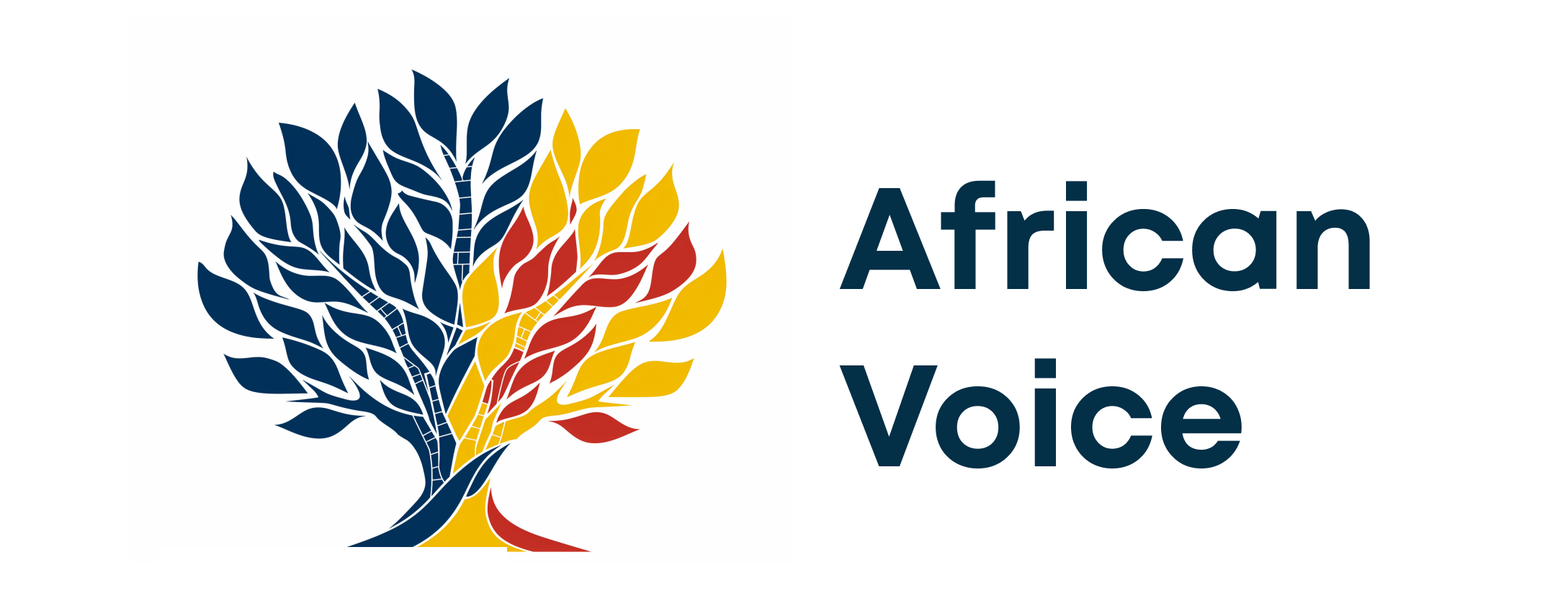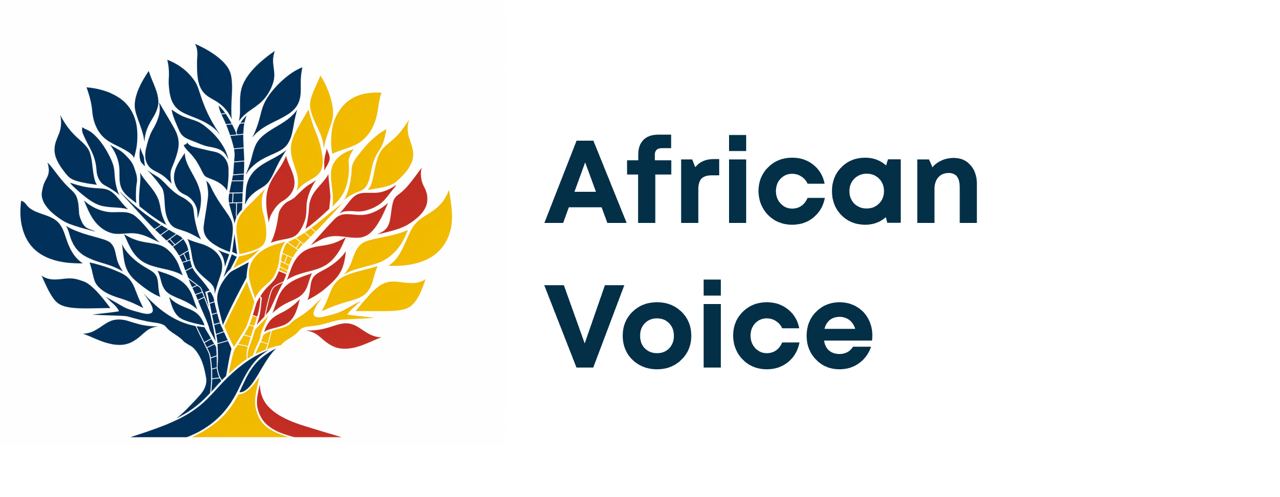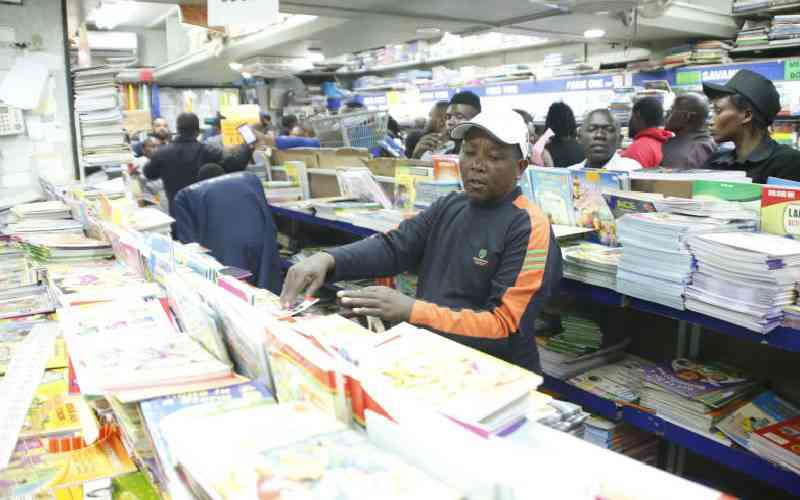As secondary schools opened on Monday for the first term this year, school administrators and business people are grappling with the reality of the lack of Form One admissions.
School managers and traders who sell uniforms, books, and other items have been hit hard, experiencing a significant shift as there are no Form One admissions for the first time in 39 years. The ripple effects of this change are being felt across various sectors, particularly in education and businesses traditionally linked to the back-to-school season.
Schools will no longer receive the usual government funding allocated for Form One students, estimated at Sh22,244 per learner, as part of the Free Day Secondary Education programme. This loss of funding is a major concern for school administrators.
Willy Kuria, the National Chairperson of the Kenya Secondary Schools Heads Association (KESSHA), said secondary schools are already facing financial difficulties, with a Sh7,000 deficit per learner in 2024.
“We are grappling with debts, with some schools owing up to Sh70 million. The absence of Form One students further exacerbates our financial crisis, as expenses for utilities and staff salaries remain unchanged,” Kuria explained.
Kuria noted that the most affected will be newly established schools.
“Sub-county and county schools with smaller populations will bear the brunt of this. In cases of delayed capitation, school heads will suffer the most,” he stated.
Basic Education Principal Secretary Belio Kipsang last year warned principals against engaging in illegal transfers of learners to fill their schools. Kipsang emphasised the importance of addressing congestion in classrooms and dormitories and ensuring schools comply with Ministry guidelines before declaring any vacancies. Moreover, the lack of Form One students means that secondary schools will have an excess of empty classrooms and facilities.
“Classrooms built for junior secondary meant to house Form Ones will remain unused, leaving us with a lot of idle space,” Kuria said.
Some schools are now turning to parents for additional funds to cover the financial gap.
“We are asking parents to help us bridge the gap, as resources are limited this year,” Kuria added.
Benson Manoo, Principal at Machakos School, said schools will also face challenges in financing co-curricular activities.
“With smaller populations, some schools will not be able to fund sporting activities, hence denying some learners the chance to explore their talents,” said Manoo.
Businesses are also confronting the reality of the Competency-Based Curriculum (CBC). The absence of Form One students has caused a noticeable dip in demand for various goods and services traditionally associated with the start of the academic year.
Stay informed. Subscribe to our newsletter
Retailers, especially those selling school uniforms, books, and stationery, are reporting a quieter-than-usual back-to-school season.
Publishers and bookstores, which usually see a surge in sales due to the need for Form One textbooks, are particularly affected. With the transition to CBC and fewer students enrolling in secondary schools, many businesses are left with unsold stock.
One bookstore owner remarked: “We’ve seen a significant decline in demand this year. There are many textbooks that we usually stock for Form One students, but there’s simply no market for them this time.”
The shift has also impacted artisans like Geoffrey Amboka, who make tin trunks and bags.
“Every year, we would get many orders from parents preparing their children for Form One,” said Amboka, who is based in Nairobi.
“But this year, things have been very slow. The new system is affecting us more than we thought.”
Uniform suppliers have not been spared either.
Frederick Jahonga, a sales representative at Uniform Distributors, said businesses will severely impact.
“Early in the year, we heavily rely on Form One admissions. With the changes, this is our undoing,” he said.
Jane Mukami, a dealer in school mattresses, echoed these sentiments.
“We depend on children to survive. This year, we are struggling to meet our obligations to educate our own,” said Mukami.
Primary schools are also feeling the strain of increased enrolment, as they now have to cater to both primary and junior secondary education.
The overcrowding previously experienced in secondary schools is now shifting to the primary level, creating further infrastructure shortages. Akelo Misori, Secretary-General of the Kenya Union of Post-Primary Education Teachers, highlighted the strain on primary schools.
“With the increased enrolment, primary schools are facing shortages in classrooms and learning spaces,” stated Misori.
Benson Baridi, an educationist, said both education leaders and business owners will need to adapt to these new realities.
“They should learn to balance the demands of the evolving education sector with the challenges of financial sustainability,” said Baridi.
Education Cabinet Secretary Julius Ogamba acknowledged that while the immediate impact of no Form One admissions is causing disruptions for schools and businesses, the transition to the CBC curriculum marks a significant milestone in Kenya’s education system.
“The government is continuing its efforts to enhance infrastructure and adjust funding allocations for our learning institutions,” said Ogamba.

























